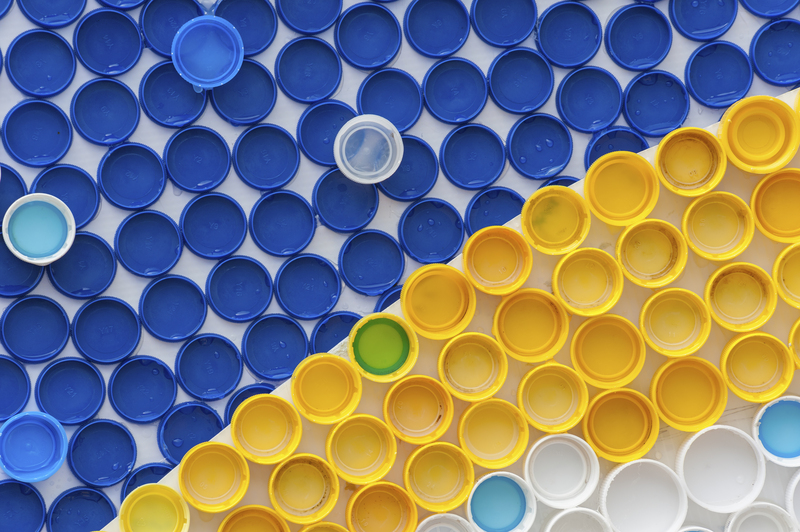Posted on 06/05/2024
Tips for Properly Discarding Styrofoam Materials
In today's fast-paced world, Styrofoam has become a common household and industrial material due to its lightweight nature, affordable cost, and versatility. However, despite its many uses, Styrofoam poses a serious threat to the environment. According to the Environmental Protection Agency (EPA), it takes over 500 years for Styrofoam materials to decompose in landfills, and even longer in water bodies. This makes proper disposal of Styrofoam crucial to help preserve our planet for future generations. In this article, we will discuss some tips on how to properly discard Styrofoam materials.
Why is it Important to Properly Discard Styrofoam Materials?
Styrofoam products are made from expanded polystyrene (EPS), which is a petroleum-based plastic material that does not biodegrade easily. When disposed of improperly, these materials can break down into smaller pieces known as microplastics, which can be harmful to wildlife and marine life if ingested. Additionally, improper disposal of Styrofoam can also clog drainage systems and contribute to air pollution when burned in open fires.

Tips for Properly Discarding Styrofoam Materials
1. Reduce and Reuse: The best way to reduce the amount of Styrofoam waste is by avoiding unnecessary purchases of products packaged in it. If you do end up with leftover Styrofoam from packaging or other items, consider reusing it for crafts or packing material instead of throwing it away.
2. Check Local Recycling Programs: Many cities have recycling programs specifically for Styrofoam materials. Check with your local municipality or waste management company to see if they accept these materials and follow their guidelines for proper recycling.
3. Break Down Large Pieces: Large pieces of Styrofoam can take up a lot of space in landfills and may not be accepted by recycling programs. To make it easier to dispose of, consider breaking down large pieces into smaller chunks.
4. Look for Drop-Off Locations: Some local stores or businesses may have drop-off locations for Styrofoam materials. This is a great option if your city does not offer recycling programs for these items.
5. Donate or Sell: If you have a large amount of Styrofoam, consider donating or selling it to businesses that can repurpose it. For example, some packing and shipping companies may be interested in using it as packing material.
6. Consider Alternatives: There are now many eco-friendly alternatives to Styrofoam products, such as biodegradable packaging materials made from cornstarch or paper-based substitutes. Consider using these options instead of traditional Styrofoam whenever possible.
Pros and Cons
There are both pros and cons to using Styrofoam materials and the way we discard them. On the positive side, Styrofoam is lightweight and cost-effective, making it a convenient material for packing and insulating purposes. However, the cons outweigh the pros when it comes to its impact on the environment. Improperly discarded Styrofoam contributes to pollution and poses a threat to wildlife and marine life. It also takes up valuable space in landfills and does not biodegrade easily.

Takeaways
1. Proper disposal of Styrofoam is crucial to protect the environment and wildlife.
2. Reduce and reuse whenever possible to decrease the amount of Styrofoam waste generated.
3. Check with your local municipality for recycling programs or drop-off locations.
4. Consider alternatives to Styrofoam, such as biodegradable or paper-based materials.
5. Donating or selling excess Styrofoam can help reduce waste.
Conclusion
In conclusion, proper disposal of Styrofoam materials is essential to reduce pollution and protect our planet. By following these tips and making small changes in our daily habits, we can all play a part in preserving the environment for future generations. Remember to always check with your local municipality for guidelines on how to properly discard Styrofoam materials and consider alternatives whenever possible. Let's work together towards a greener and cleaner future.
Latest Posts
Tips for Proper Disposal of Regular Waste
Garbage Cleanup Bags - Efficient Skip Substitute

































 Get a Quote
Get a Quote